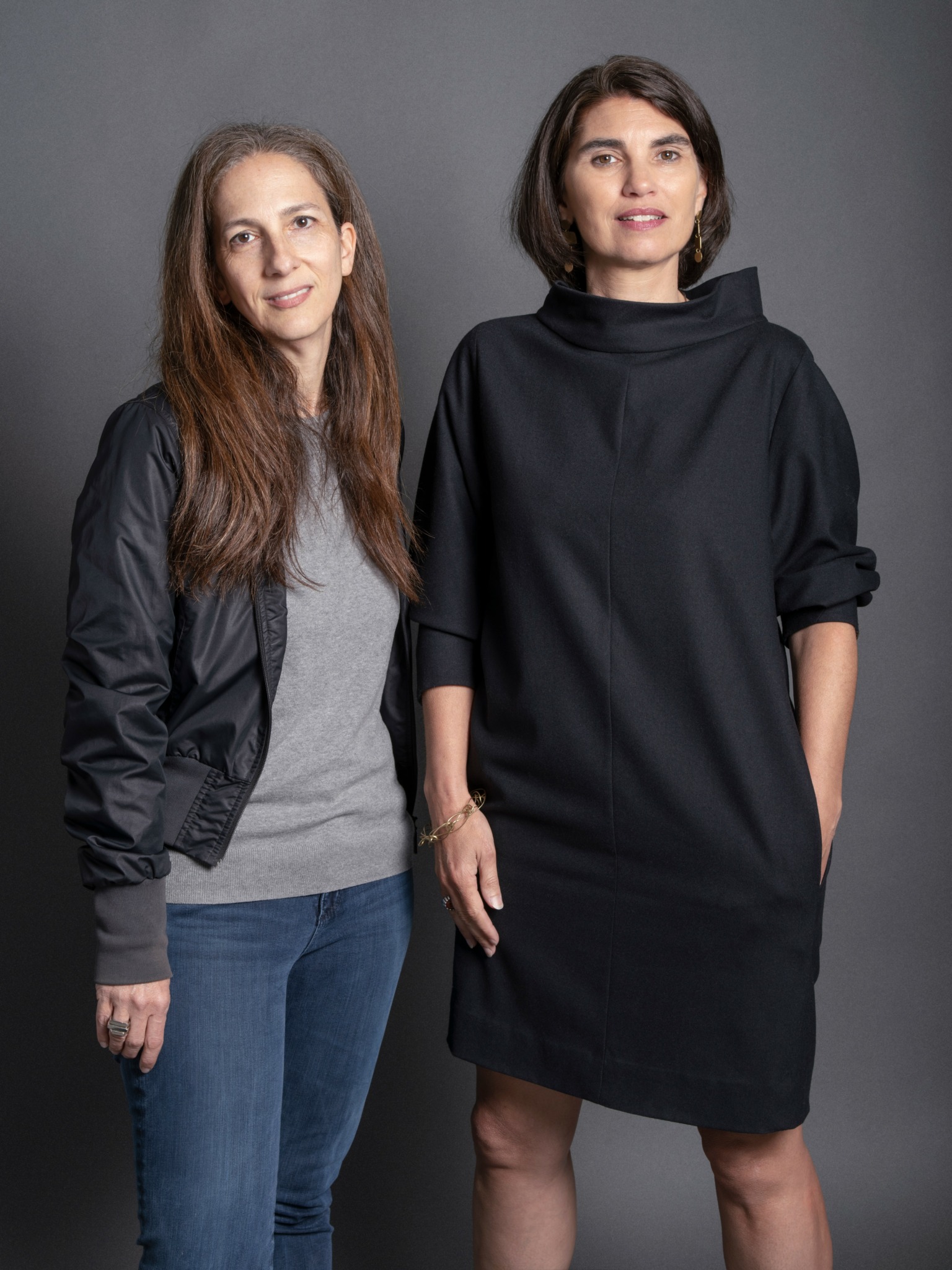We caught up with the brilliant and insightful Rudabeh Pakravan a few weeks ago and have shared our conversation below.
Rudabeh, appreciate you joining us today. How did you scale up? What were the strategies, tactics, meaningful moments, twists/turns, obstacles, mistakes along the way? We’d love to hear the backstory the illustrates how you grew your brand.
Like many small businesses, we were thrown into the deep end. Back in 2017, Kristen (my business partner) and I were working out of a tiny basement office. With small kids at home, remote work wasn’t an option—and the only space we could afford was downstairs under an accounting firm. Every day, we’d carve out a few hours to work on our two residential remodels. The rest of the time we were teaching architecture, parenting, and hustling to line up our next project.
Then, another small firm reached out. They’d been invited to bid on a project for one of the Big Three tech companies and needed extra hands. They asked if we’d join their team. We knew we were up against major firms and figured it was a long shot—so while we put together a strong proposal, we didn’t make any big moves. No hiring. No new office.
Then, somehow—through a mix of talent and luck—we landed the job.
It started immediately. We were in 4–6 meetings a day, many in Silicon Valley, with a three-hour round-trip commute. We were running on adrenaline and no sleep, thrilled by the scale and pace but quickly burning out. Thankfully, we found two recent grads willing to work in our windowless basement. Slowly, we found a rhythm.
Eventually, our landlords gently let us know that we had outgrown the space. We moved into a real office (with windows!) and our practice began to take shape.
Looking back, I don’t think we could have done it any other way. We couldn’t hire before we had the project. Sometimes, you just have to jump in—and figure it out as you go.
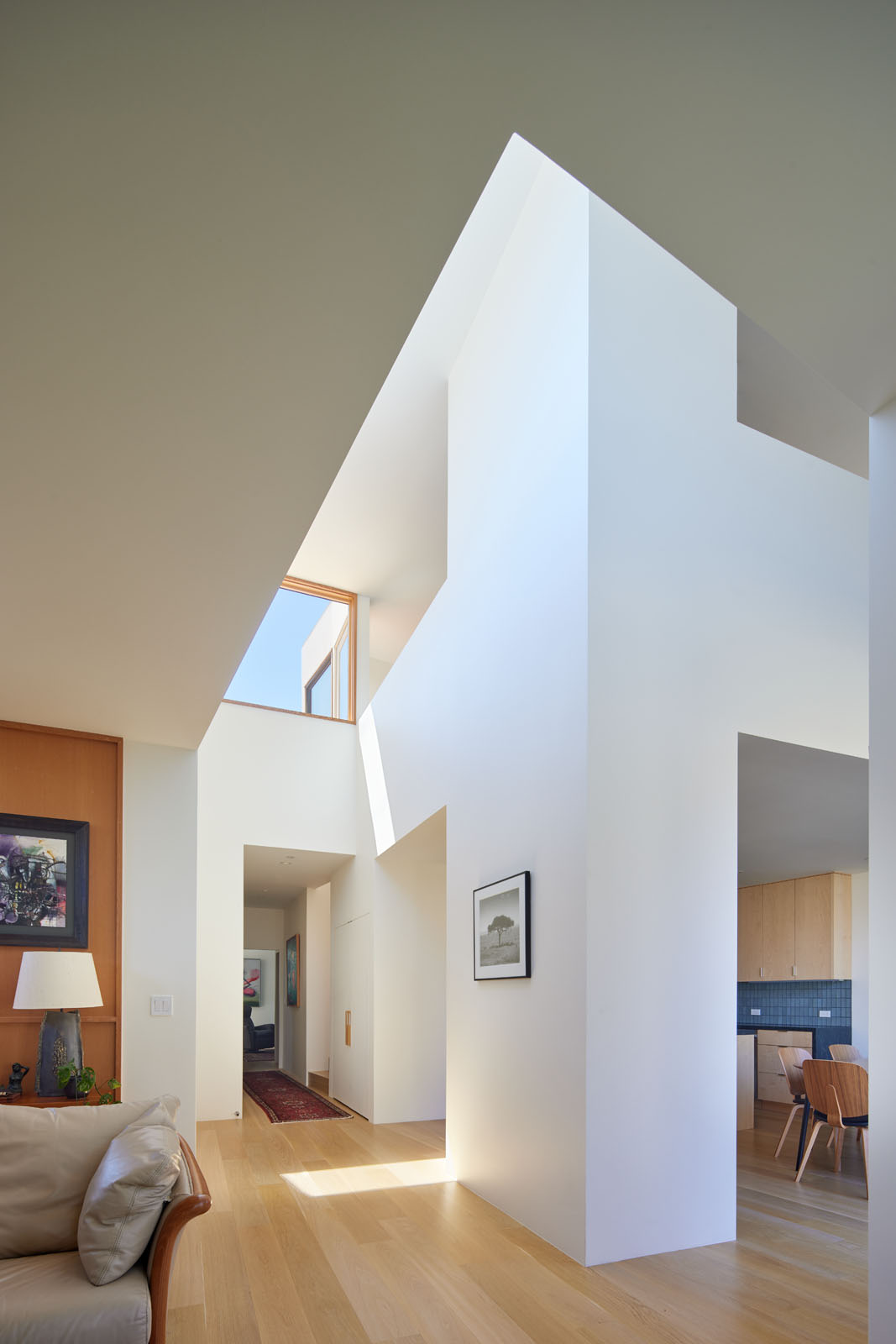
Great, appreciate you sharing that with us. Before we ask you to share more of your insights, can you take a moment to introduce yourself and how you got to where you are today to our readers.
I’ve always had a creative streak, but I also loved math and science. In high school, I was lucky to explore both—thanks to an incredible math teacher, I dove into advanced calculus, while spending many hours behind the scenes in the theater department with friends doing stagecraft.
When it came time for college, the “practical” choice seemed clear: science. I moved to California to study engineering. My classmates were brilliant—true geniuses—and the intensity of the program started to wear me down. One day, on my way to Thermodynamics, I passed a group of students outside sketching. I asked what class they were in. “Intro to Architecture,” they said.
I signed up the following term.
The moment I walked into Wurster Hall—the architecture building at UC Berkeley—I knew I had found my place. I finished my engineering degree, but my path had shifted. I went on to earn my master’s in architecture at the University of Pennsylvania.
That’s where I met Kristen Sidell. We became close friends, eventually graduating and heading to different cities, different firms, different lives. But a few years later, we had both returned to the Bay Area—married (to non-architects) and raising young children. We were also both teaching architecture—Kristen at CCA, and I at UC Berkeley.
Over lunch one day, after countless conversations about projects and design, we looked at each other and said, “What are we waiting for?” In 2014, we launched Sidell Pakravan Architects—and we haven’t looked back.
Today, we’re a team of 10 working on residential, commercial, and civic projects. We’re a design-forward practice, grounded in the belief that architecture can elevate everyday life. We love creating bold, elegant spaces that are light-filled, volumetric, and full of unexpected views and quiet moments. We work closely with our clients to uncover what they really want—often before they even know how to articulate it.
We challenge people to think differently about space—but we’re not here to be divas. For us, design is a conversation, and we’re always listening.
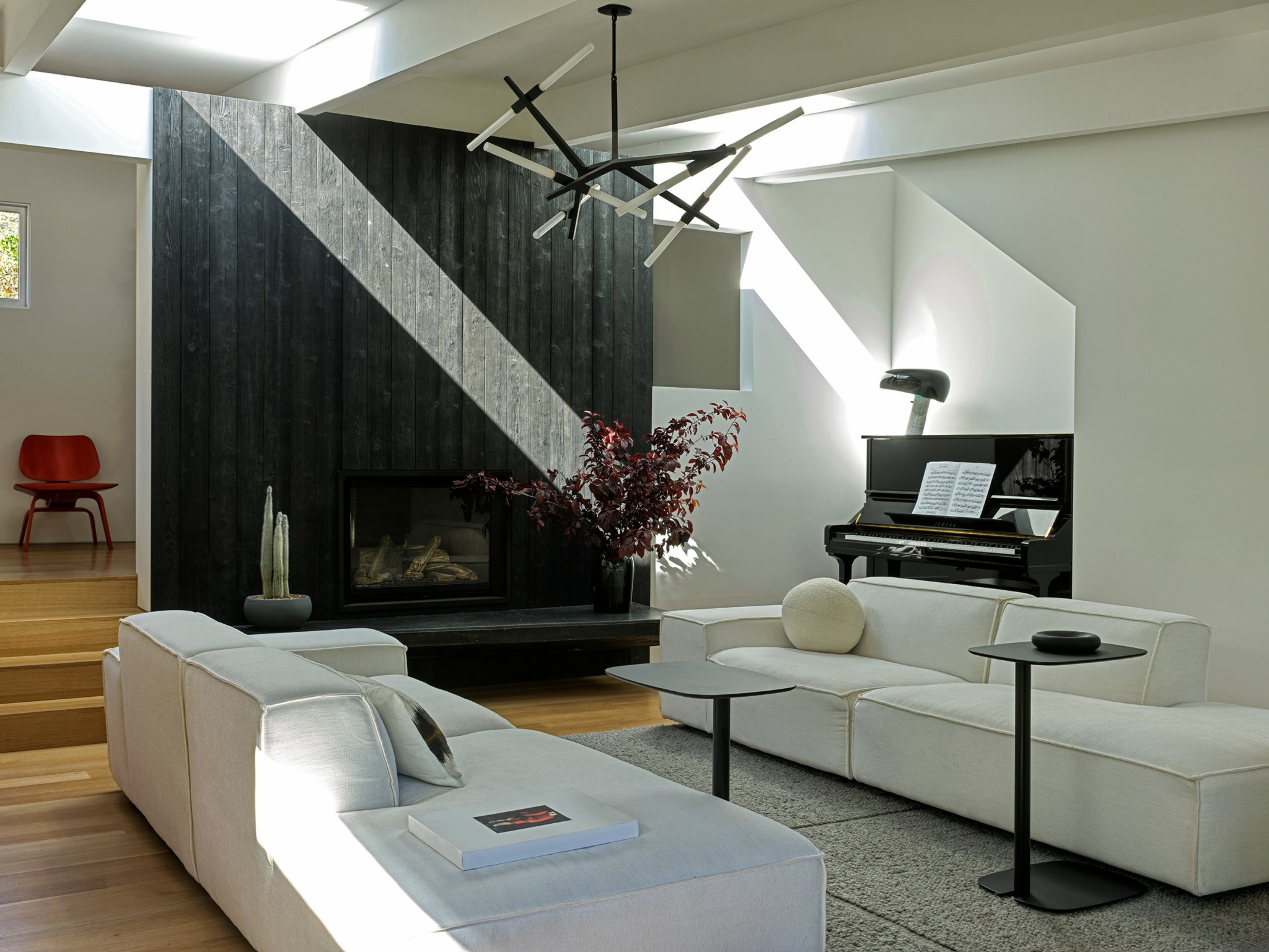
Looking back, are there any resources you wish you knew about earlier in your creative journey?
In graduate school, we were immersed in critical thinking, abstract concepts, and design. We thrived in that space—thinking deeply about architecture, exploring ideas. But once we started our own practice, we quickly learned that running a business requires a very different skill set.
The tools and resources I wish we had used earlier aren’t exactly revolutionary—but like many people, it took us a while to actually do the things we knew we should do. If you can afford it: hire a payroll person. Hire someone to help with marketing. Invest in the right project management software.
For the first four years of our practice, we hesitated. That meant long nights doing the work that didn’t come naturally to us—handling invoicing, managing payroll, juggling operations. It drained our energy, ate into family time, and pulled us away from something essential: networking. And without networking, no new projects come through the door.
Eventually, we realized that those billable hours were better spent elsewhere. By hiring experts to take on the things outside our expertise, the work got done faster, better—and we were free to focus on what we love: designing, building relationships, and growing the practice.
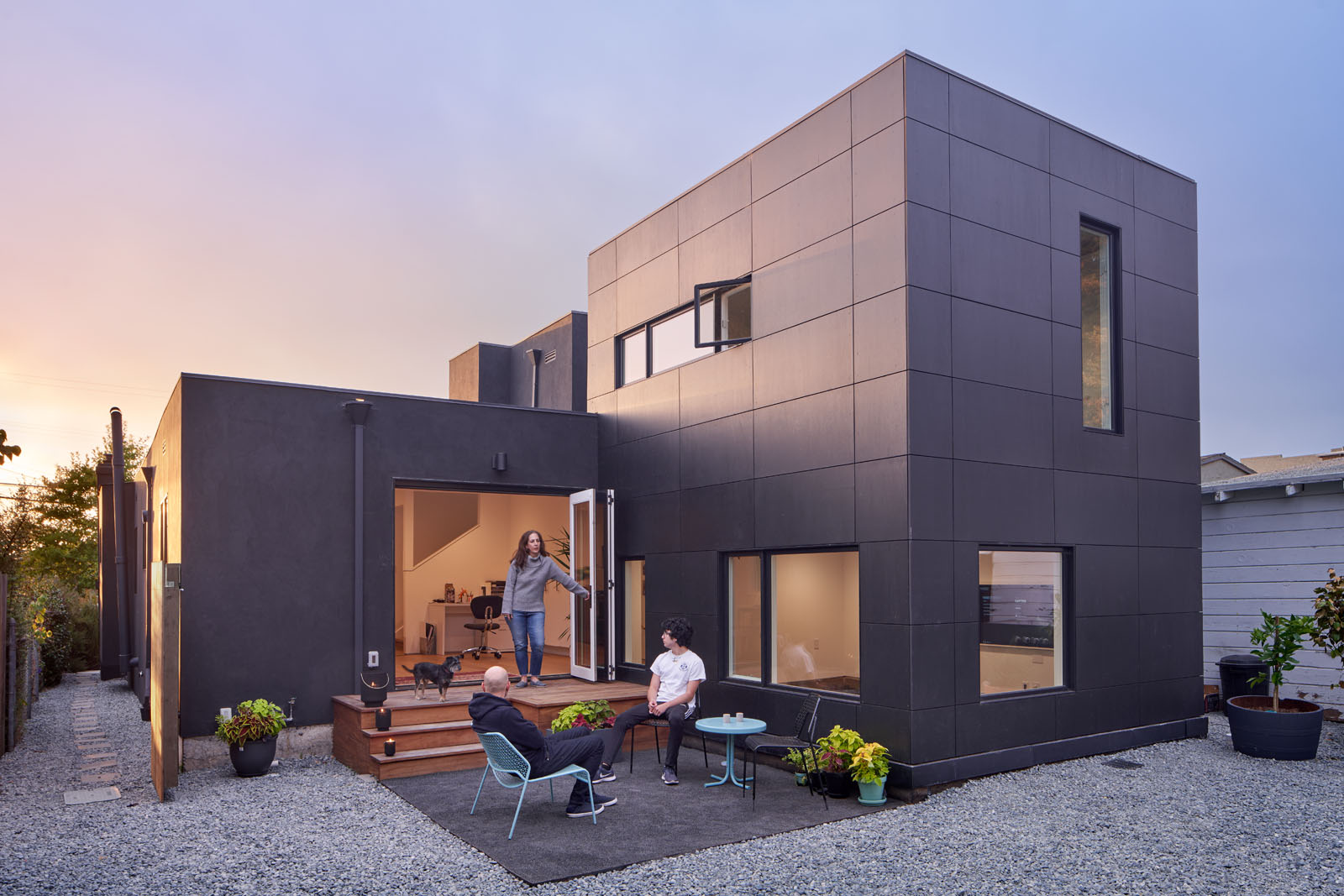
Is there a particular goal or mission driving your creative journey?
This year marks the tenth anniversary of Sidell Pakravan Architects. We started with two
residential projects and infinite questions about what it means to build a practice. We
knew a few things: we liked to build models, we wanted to build buildings, and we
wanted the buildings to create rich emotional experiences for people. The last decade has
been devoted to that work. This is what we have learned:
Building models is easy. For us, architecture is an act of physical engagement with the
world. We build models of thresholds, of walls and boundaries, of rooms, windows, and
stairs that intersect. That’s the easy part. These models let us see unexpected spatial
relationships in a clear, physical construct. They can then be held up against the
complexities of the site, the client’s desires, and the project’s constraints. Our models
have created a language to which we return, again and again; they provide a common
foundation that everyone in the office can build on when starting a project. The
immediacy of a model fascinates us. Suddenly, undeniably, it just is — much like a
building emerges from an empty site and begins its relationship with the world and with
the people who encounter it.
Building (good) buildings is hard. Translating the spatial relationships in our models to
the realities of site and budget takes more work. We want to create spaces that register
the unexpected elements of our abstract models, but that also provide an emotional
connection in context — feelings of comfort, delight, belonging, and creativity. Here we
meet the hard facts of code, cost, aesthetics, personalities, resources, waste, and we have
to find areas where those constraints do not block the tangible qualities we wish to make
real. Making good buildings is about recognizing those junctures.
We have to create opportunities for good architecture to exist. We find ourselves often in
the role of advocates. In addition to creating good architecture when asked, we need to
create opportunities for it to exist within and for our community. As a small practice, the
way to do this is not always clear, but for us it has meant talking to people in
municipalities, non-profits, community organizations, and local businesses about how
their world is organized spatially and how it could be better. It has meant both taking on
and proposing projects across typologies, scales, and budgets in order to learn and create
architecture that provides resonant and meaningful experiences for people.
1
Contact Info:
- Website: https://www.sidellpakravan.com
- Instagram: @sidellpakravan
- Linkedin: https://www.linkedin.com/company/sidell-pakravan-architects/
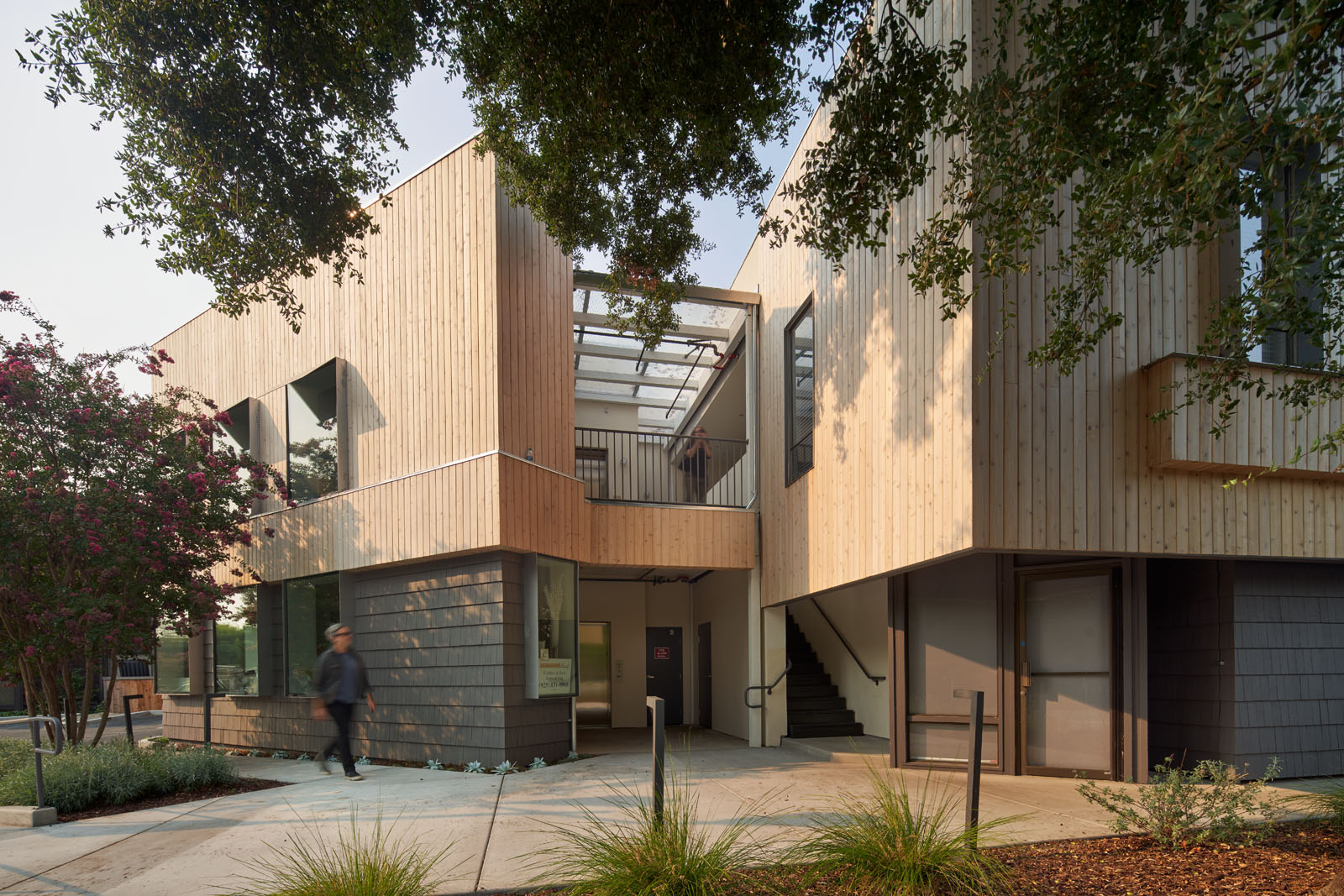
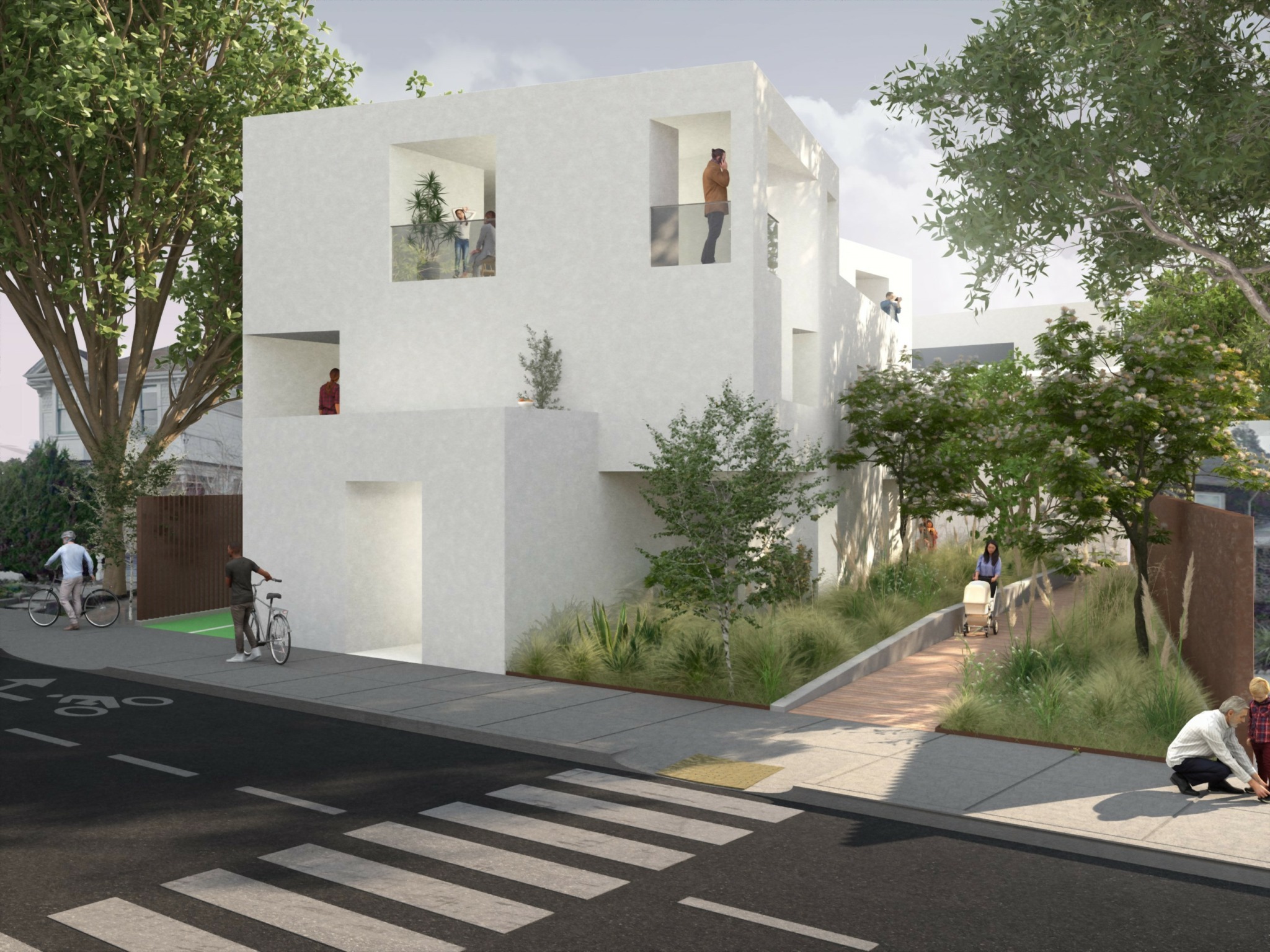
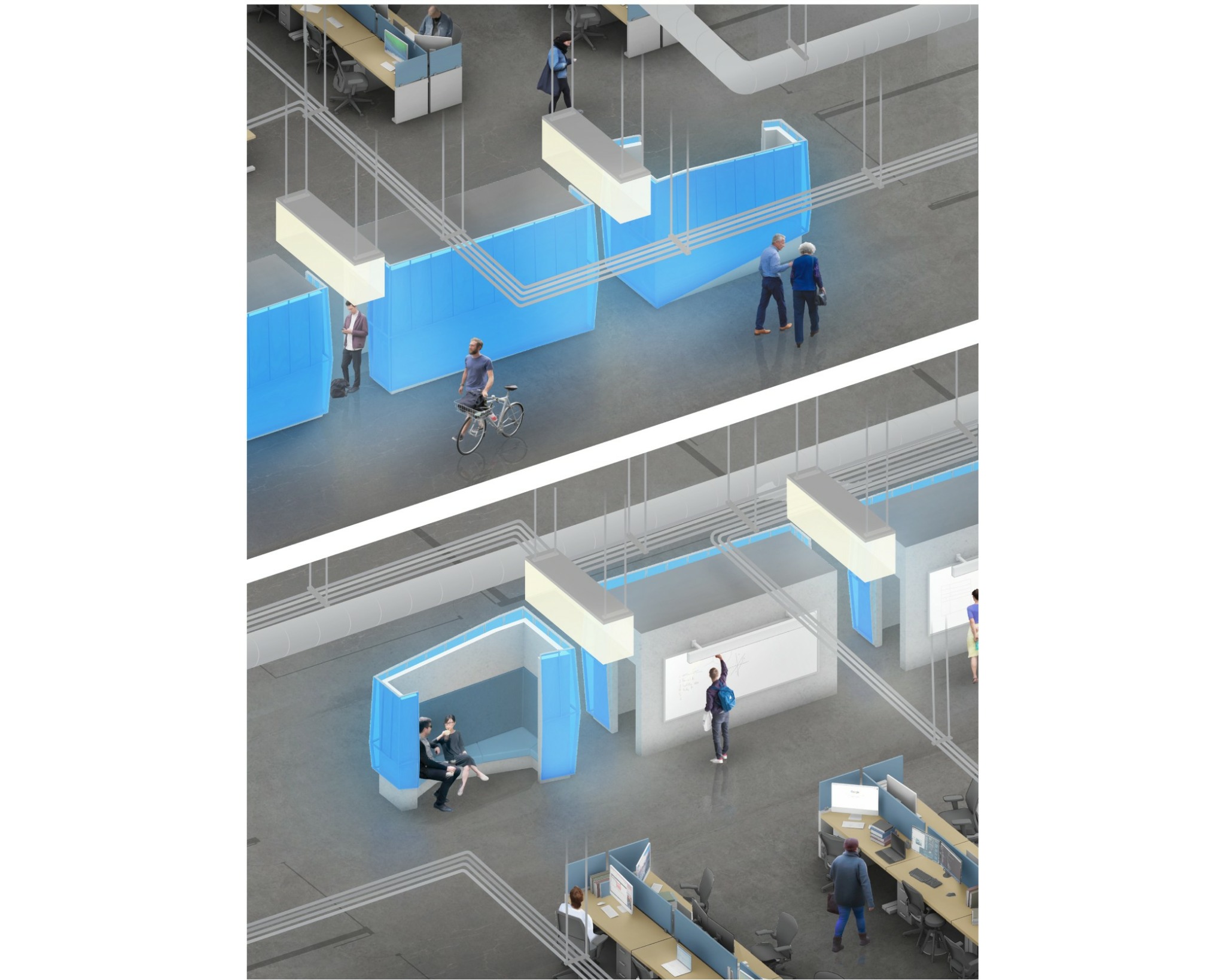
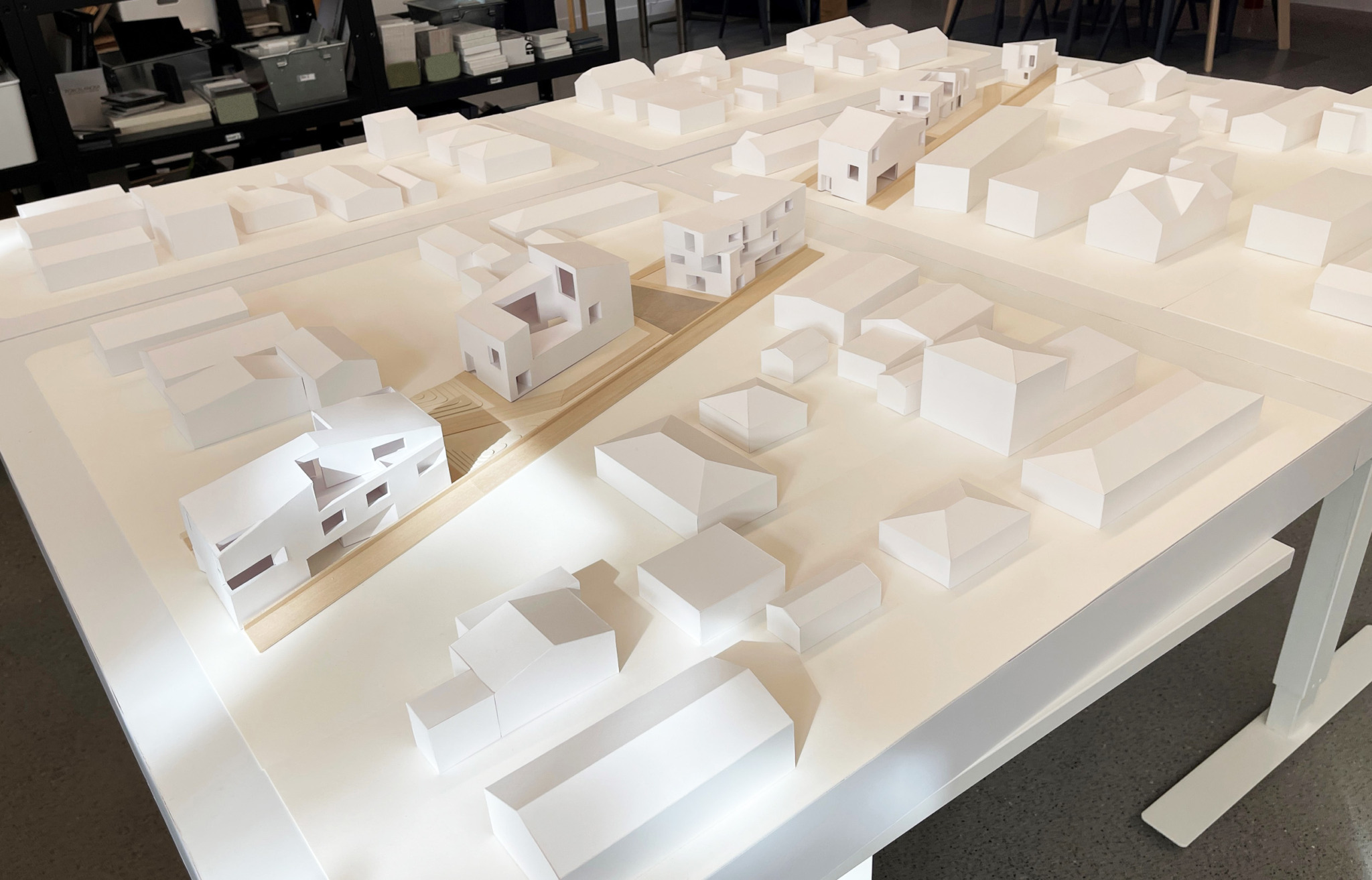
Image Credits
Taghi Naderzad
Bruce Damonte
Chris Mottalini
Sidell Pakravan Architects


